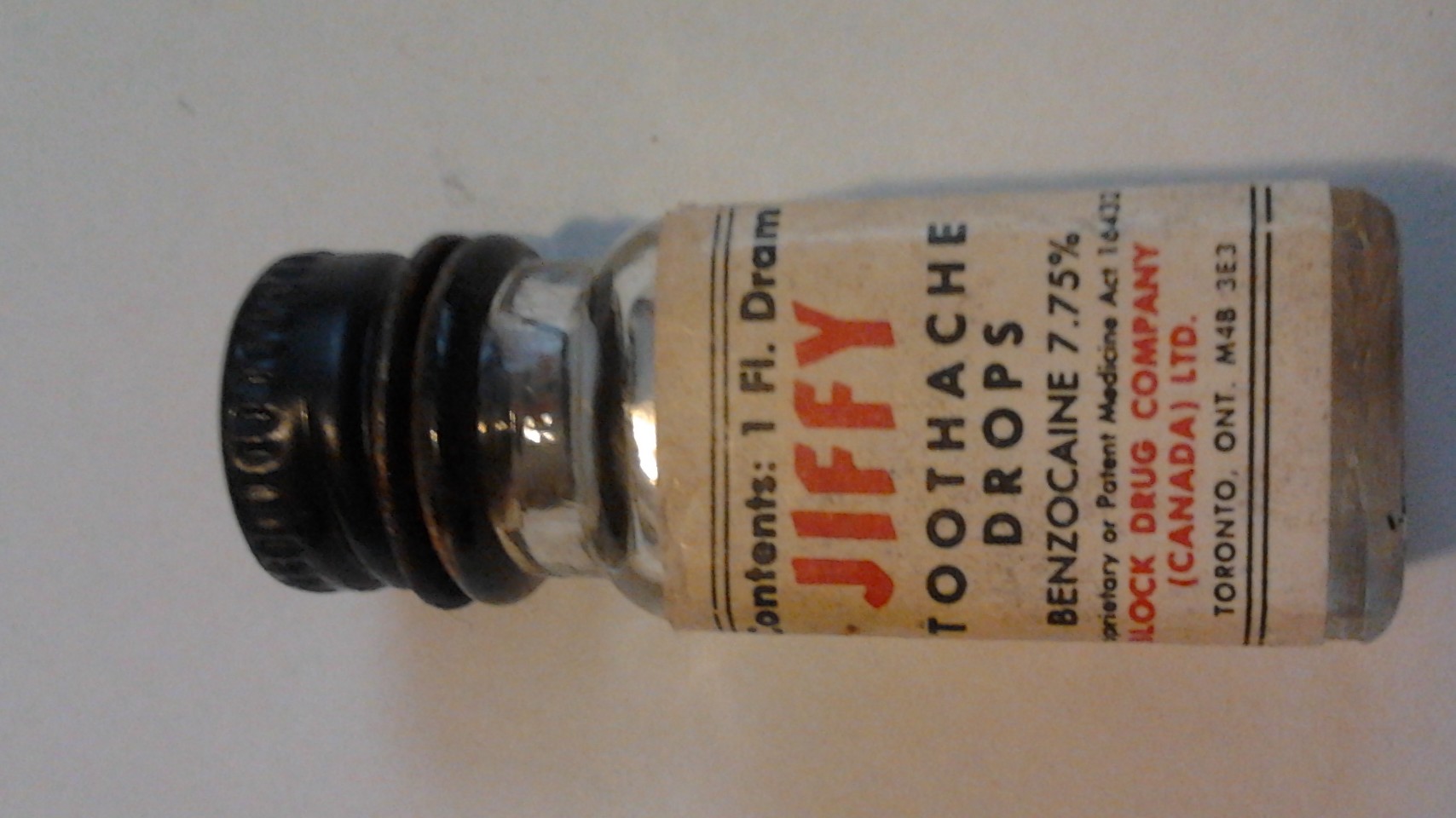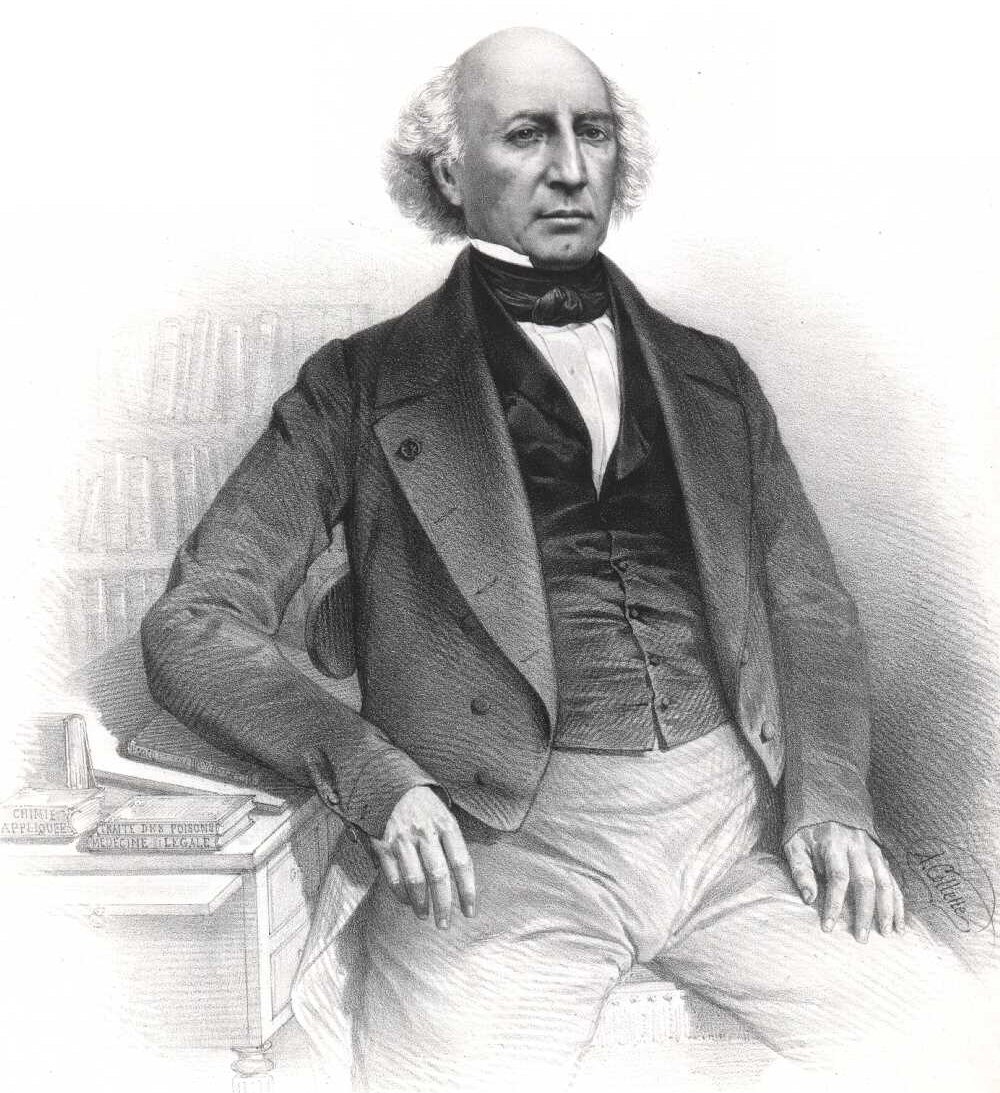|
Methemoglobinemia
Methemoglobinemia, or methaemoglobinaemia, is a condition of elevated methemoglobin in the blood. Symptoms may include headache, dizziness, shortness of breath, nausea, poor muscle coordination, and blue-colored skin (cyanosis). Complications may include seizures and heart arrhythmias. Methemoglobinemia can be due to certain medications, chemicals, or food or it can be inherited. Substances involved may include benzocaine, nitrites, or dapsone. The underlying mechanism involves some of the iron in hemoglobin being converted from the ferrous [Fe2+] to the ferric [Fe3+] form. The diagnosis is often suspected based on symptoms and a Hypoxia (medical), low blood oxygen that does not improve with oxygen therapy. Diagnosis is confirmed by a blood gas. Treatment is generally with oxygen therapy and methylene blue. Other treatments may include vitamin C, exchange transfusion, and hyperbaric oxygen therapy. Outcomes are generally good with treatment. Methemoglobinemia is relatively unc ... [...More Info...] [...Related Items...] OR: [Wikipedia] [Google] [Baidu] |
Methylene Blue
Methylthioninium chloride, commonly called methylene blue, is a salt used as a dye and as a medication. As a medication, it is mainly used to treat methemoglobinemia. It has previously been used for treating cyanide poisoning and urinary tract infections, but this use is no longer recommended. Methylene blue is typically given by injection into a vein. Common side effects include headache, nausea, and vomiting. Methylene blue was first prepared in 1876, by Heinrich Caro. It is on the World Health Organization's List of Essential Medicines. Medical uses Methemoglobinemia Methylene blue is used to treat methemoglobinemia by chemically reducing the ferric iron in hemoglobin to ferrous iron. Methemoglobinemia can arise from ingestion of certain pharmaceuticals, toxins, or broad beans in those susceptible. Specifically, it is used to treat methemoglobin levels that are greater than 30% or in which there are symptoms despite oxygen therapy. Normally, through the NADH- or ... [...More Info...] [...Related Items...] OR: [Wikipedia] [Google] [Baidu] |
Hemoglobin M Disease
Hemoglobin M disease is a rare form of hemoglobinopathy, characterized by the presence of hemoglobin M (HbM) and elevated methemoglobin (metHb) level in blood. HbM is an altered form of hemoglobin (Hb) due to point mutation occurring in globin-encoding genes, mostly involving tyrosine substitution for proximal (F8) or distal (E7) histidine residues. HbM variants are inherited as autosomal Dominance (genetics), dominant disorders and have altered Oxygen–hemoglobin dissociation curve, oxygen affinity. The pathophysiology of hemoglobin M disease involves heme iron autoxidation promoted by heme pocket structural alteration. There exists at least 13 HbM variants, such as Boston, Osaka, Saskatoon, etc., named according to their geographical locations of discovery. Different HbM variants may give different signs and symptoms. Major signs include cyanosis and dark brown blood. Patients may be asymptomatic or experience dizziness, headache, mild dyspnea, etc. Diagnosis is usually suspected ... [...More Info...] [...Related Items...] OR: [Wikipedia] [Google] [Baidu] |
Dapsone
Dapsone, also known as 4,4'-sulfonyldianiline (SDA) or diaminodiphenyl sulfone (DDS), is an antibiotic commonly used in combination with rifampicin and clofazimine for the treatment of leprosy. It is a second-line medication for the treatment and prevention of pneumocystis pneumonia and for the prevention of toxoplasmosis in those who have immunocompromise, poor immune function. Additionally, it has been used for acne vulgaris, acne, dermatitis herpetiformis, and various other skin conditions. Dapsone is available both topically and by mouth. Severe side effects may include a agranulocytosis, decrease in blood cells, hemolysis, red blood cell breakdown especially in those with glucose-6-phosphate dehydrogenase deficiency (G-6-PD), or hypersensitivity. Common side effects include nausea and loss of appetite. Other side effects include hepatitis, liver inflammation, methemoglobinemia, and a number of types of skin rashes. While the safety of use during pregnancy is not entirely cl ... [...More Info...] [...Related Items...] OR: [Wikipedia] [Google] [Baidu] |
Benzocaine
Benzocaine, sold under the brand name Orajel amongst others, is a local anesthetic, belonging to the amino ester drug class, commonly used as a topical painkiller or in cough drops. It is the active ingredient in many over-the-counter anesthetic ointments such as products for oral ulcers. It is combined with antipyrine to form A/B ear drops. In the US, products containing benzocaine for oral application are contraindicated in children younger than two years old. In the European Union, the contraindication applies to children under 12 years of age. It was first synthesised in 1890 in Germany and approved for medical use in 1902. Medical uses Benzocaine is indicated to treat a variety of pain-related conditions. It may be used for: * Local anesthesia of oral and pharyngeal mucous membranes (sore throat, cold sores, mouth ulcers, toothache, sore gums, denture irritation)AHFS Drug Information 2007. McEvoy GK, ed. Benzocaine. Bethesda, MD: American Society of Health- ... [...More Info...] [...Related Items...] OR: [Wikipedia] [Google] [Baidu] |
Methemoglobin
Methemoglobin (British: methaemoglobin, shortened MetHb) (pronounced "met-hemoglobin") is a hemoglobin ''in the form of metalloprotein'', in which the iron in the heme group is in the Fe3+ (ferric) state, not the Fe2+ (ferrous) of normal hemoglobin. Sometimes, it is also referred to as ferrihemoglobin. Methemoglobin cannot bind oxygen, which means it cannot carry oxygen to tissues. It is bluish chocolate-brown in color. In human blood a trace amount of methemoglobin is normally produced spontaneously, but when present in excess the blood becomes abnormally dark bluish brown. The NADH-dependent enzyme methemoglobin reductase (diaphorase, a type of diaphorase) is responsible for converting methemoglobin back to hemoglobin. Normally one to two percent of a person's hemoglobin is methemoglobin; a higher percentage than this can be genetic or caused by exposure to various chemicals and depending on the level can cause health problems known as methemoglobinemia. A higher level of methemog ... [...More Info...] [...Related Items...] OR: [Wikipedia] [Google] [Baidu] |
Cyanosis
Cyanosis is the change of Tissue (biology), tissue color to a bluish-purple hue, as a result of decrease in the amount of oxygen bound to the hemoglobin in the red blood cells of the capillary bed. Cyanosis is apparent usually in the Tissue (biology), body tissues covered with thin skin, including the mucous membranes, lips, nail beds, and ear lobes. Some medications may cause discoloration such as medications containing amiodarone or silver. Furthermore, mongolian spots, large birthmarks, and the consumption of food products with blue or purple dyes can also result in the bluish skin tissue discoloration and may be mistaken for cyanosis. Appropriate physical examination and history taking is a crucial part to diagnose cyanosis. Management of cyanosis involves treating the main cause, as cyanosis is not a disease, but rather a symptom. Cyanosis is further classified into central cyanosis and peripheral cyanosis. Pathophysiology The mechanism behind cyanosis is different dep ... [...More Info...] [...Related Items...] OR: [Wikipedia] [Google] [Baidu] |
Nitrites
The nitrite polyatomic ion, ion has the chemical formula . Nitrite (mostly sodium nitrite) is widely used throughout chemical and pharmaceutical industries. The nitrite anion is a pervasive intermediate in the nitrogen cycle in nature. The name nitrite also refers to organic compounds having the –ONO group, which are esters of nitrous acid. Production Sodium nitrite is made industrially by passing a mixture of nitrogen oxides into aqueous sodium hydroxide or sodium carbonate solution: : : The product is purified by recrystallization. Alkali metal nitrites are thermally stable up to and beyond their melting point (441 °C for KNO2). Ammonium nitrite can be made from dinitrogen trioxide, N2O3, which is formally the anhydride of nitrous acid: :2 NH3 + H2O + N2O3 → 2 NH4NO2 Structure The nitrite ion has a symmetrical structure (C2v molecular point group, symmetry), with both N–O bonds having equal length and a bond angle of about 115°. In valence bond theory, it is ... [...More Info...] [...Related Items...] OR: [Wikipedia] [Google] [Baidu] |
Sulfhemoglobinemia
Sulfhemoglobinemia is a rare condition in which there is excess sulfhemoglobin (SulfHb) in the blood. The pigment is a greenish derivative of hemoglobin which cannot be converted back to normal, functional hemoglobin. It causes cyanosis even at low blood levels. It is a rare blood condition in which the β-pyrrole ring of the hemoglobin molecule has the ability to bind irreversibly to any substance containing a sulfur atom. When hydrogen sulfide (H2S) (or sulfide ions) and ferrous ions combine in the heme of hemoglobin, the blood is thus incapable of transporting oxygen to the tissues. Presentation Symptoms include a blueish or greenish coloration of the blood (cyanosis), skin, and mucous membranes, even though a blood count test may not show any abnormalities in the blood. This discoloration is caused by greater than 5 grams per cent of deoxyhemoglobin, or 1.5 grams per cent of methemoglobin, or 0.5 grams per cent of sulfhemoglobin, all serious medical abnormalities. Causes Su ... [...More Info...] [...Related Items...] OR: [Wikipedia] [Google] [Baidu] |
Hypoxia (medical)
Hypoxia is a condition in which the body or a region of the body is deprived of an adequate oxygen supply at the tissue (biology), tissue level. Hypoxia may be classified as either ''Generalized hypoxia, generalized'', affecting the whole body, or ''local'', affecting a region of the body. Although hypoxia is often a pathological condition, variations in arterial oxygen concentrations can be part of the normal physiology, for example, during strenuous physical exercise. Hypoxia differs from hypoxemia and anoxemia, in that hypoxia refers to a state in which oxygen present in a tissue or the whole body is insufficient, whereas hypoxemia and anoxemia refer specifically to states that have low or no Oxygen saturation (medicine), oxygen in the blood. Hypoxia in which there is complete absence of oxygen supply is referred to as anoxia. Hypoxia can be due to external causes, when the breathing gas is hypoxic, or internal causes, such as reduced effectiveness of gas transfer in the lung ... [...More Info...] [...Related Items...] OR: [Wikipedia] [Google] [Baidu] |
Toxicology
Toxicology is a scientific discipline, overlapping with biology, chemistry, pharmacology, and medicine, that involves the study of the adverse effects of chemical substances on living organisms and the practice of diagnosing and treating exposures to toxins and toxicants. The relationship between dose and its effects on the exposed organism is of high significance in toxicology. Factors that influence chemical toxicity include the dosage, duration of exposure (whether it is acute or chronic), route of exposure, species, age, sex, and environment. Toxicologists are experts on poisons and poisoning. There is a movement for evidence-based toxicology as part of the larger movement towards evidence-based practices. Toxicology is currently contributing to the field of cancer research, since some toxins can be used as drugs for killing tumor cells. One prime example of this is ribosome-inactivating proteins, tested in the treatment of leukemia. The word ''toxicology'' () ... [...More Info...] [...Related Items...] OR: [Wikipedia] [Google] [Baidu] |
Blood Gas
A blood gas test or blood gas analysis tests blood to measure blood gas tension values and blood pH. It also measures the level and base excess of bicarbonate. The source of the blood is reflected in the name of each test; arterial blood gases come from arteries, venous blood gases come from veins and capillary blood gases come from capillaries. The blood gas tension levels of partial pressures can be used as indicators of ventilation, respiration and oxygenation. Analysis of paired arterial and venous specimens can give insights into the aetiology of acidosis in the newborn. Values measured Blood samples for testing are taken from arterial blood by a radial artery puncture, and from venous blood by venipuncture. Samples of capillary blood are taken using a lancet and capillary action. Capillary samples from the earlobe or the fingertip can be used to predict blood pH and the arterial partial pressure of carbon dioxide in the blood. Samples from the earlobe are seen t ... [...More Info...] [...Related Items...] OR: [Wikipedia] [Google] [Baidu] |






